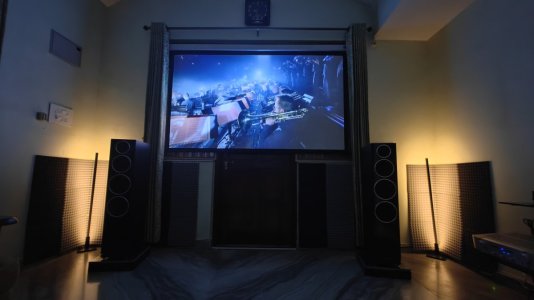Yelamanchili manohar
Well-Known Member
The speakers look beautifulThis is a dsp crossover based 3way system. The allo amp drives the compression drivers (for now). The custom O&B 6 channel amp drives two of the 15 inch woofers and subwoofers.. Minidsp flex 8 implements the crossover
Coming to the crossover, is it loaded into the internal convolution engine of the Flex 8, or are you using it as only a multi-channel dac with the digital crossover done digitally in some software on a PC. Describing your crossover implementation either here, or in a separate thread will be very helpful for aspiring digital converts like myself.
I have been thinkng about getting a 8 channel dac, and curious about the Flex 8. Iam new to all this and been trying to learn as much as possible. The idea is to end up with FIR crossovers designed mostly in Audiolense. Have your goodselves tried something like these audiolense or accurate softwares, though they might not be always needed I guess.





